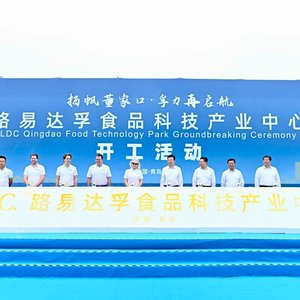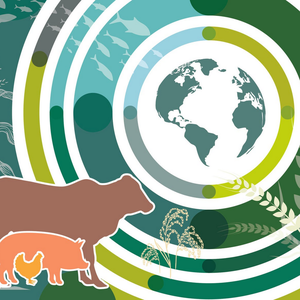Construction works on the $6.5M government and industry-funded Experimental Aquaculture Facility (EAF) at Taroona, which is managed by the Institute for Marine and Antarctic Studies (IMAS), are well underway.
Construction on the site started in mid-February and is expected to be completed by June.
The new experimental research facility is being built for collaborative aquaculture research, particularly with the Atlantic salmon industry. Tasmania\'s salmon farming is by far the largest aquaculture industry in Australia and largest seafood producer in Tasmania.
Tasmania provides an ideal location for research on salmon farming due to change often occurring there first. The facility will be attractive to students and researchers from the Northern Hemisphere and Chile where salmon are farmed.
Funded by the Commonwealth and Tasmanian governments, the Australian Seafood Cooperative Research Centre, the University of Tasmania, Huon Aquaculture Group and Skretting Australia, it will be unique in the Southern Hemisphere.
University of Tasmania Vice-Chancellor Professor Peter Rathjen, pictured, said the facility was an example of what was possible when impactful research and innovation was supported in partnership with industry and Government.
The Head of the Fisheries and Aquaculture Centre, Professor Chris Carter, said that once constructed, Taroona would be the only finfish aquaculture research facility in the Southern Hemisphere for large production sized finfish. The facility would use cutting-edge recirculation technology and provide environment control to conduct high-level science.
\"The broader benefit is to teaching from our Taroona and Launceston campuses which specialise in aquaculture and marine environmental studies,\" he said.
He said the Fisheries and Aquaculture Centre at IMAS has major strengths in aquatic animal health and nutrition research. Upwards of 100 students have been awarded PhDs in these fields. Many more have done Honours and the University presently has a range of aquaculture courses.
The main focus of research will be health and nutrition.
Professor Carter said: \"The partnership between industry and IMAS researchers allows us to address local needs and major global questions about climate change effects, seafood quality, replacement of marine ingredients, and amoebic gill disease.\"
Once the EAF is up and operational, Skretting Australia said it will increase its focus on the challenges unique to the Tasmanian Atlantic salmon industry. This will include accelerating the development of functional feeds to support stocks during high temperature conditions when the gut wall becomes more permeable and the fish become more vulnerable to pathogens. Higher temperatures also lead to a loss of appetite and subsequent slowing of growth rates.
A 10-year agreement is in place between the University of Tasmania and industry for salmon and oyster research.
Related:
AUSTRALIA - $6 million Atlantic salmon research facility for Tasmania - Aquafeed.com, Sep 24, 2014










